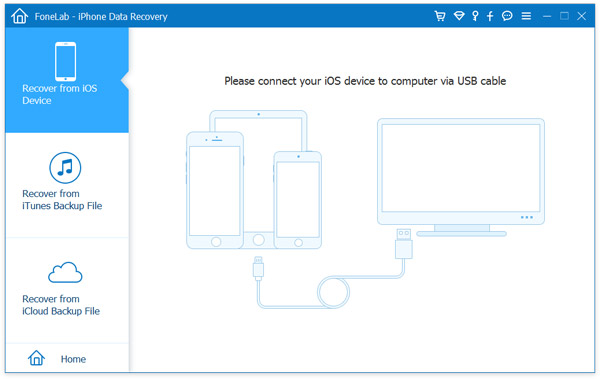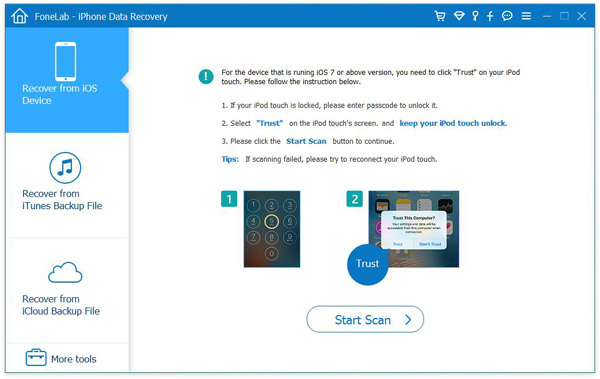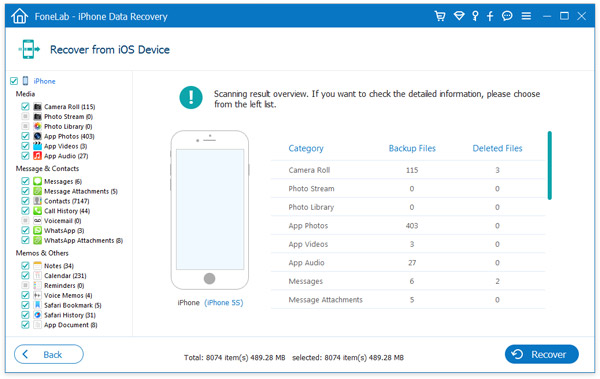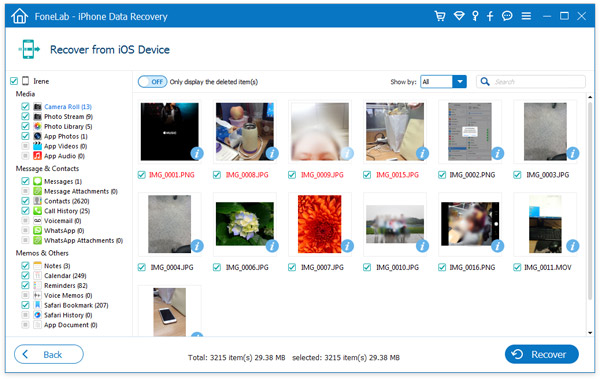People who used iPhone know that every time the iOS system in iPhone has an update, the phone will automatically pop up a window to remind you to update. In general, the updated iOS system will fix the bugs in the original system or strengthen some features.
According to a previous message, in iOS 11, Siri will open permissions to access more third party applications. In addition, iOS 11 will have a dark theme for the first time. In this mode, the system background color will become dark, the display of information will be more intuitive.
There are people who can’t wait to upgrade to iOS 11, which is also very reasonable. After all, iOS 11 will have more innovation and progress. We can’t wait to experience iOS 11. However, the upgrade system is not a simple task, if your operation is wrong, the information on the phone is likely to be lost, what should we do?
You can use iOS Data Recovery when the data in your iPhone is lost after upgrading iOS 11. iOS Data Recovery is the World’s 1st iPhone and iPad data recovery software. You can use it to recover lost data, including text messages, contacts, photos, notes, calendar, reminders, videos, call history and other documents. Even if your phone data is deleted, it can also be restored. If your phone data is lost due to system upgrades, it can also be restored. Overall, it can recover lost data due to various situations. And this is a software designed for iOS, so even if your iPhone is running the latest system, it can also be compatible. Another advantage of this software is that it is easy to operate.
Next, download the free version below and follow our guide to recover your lost iPhone data after iOS 11 upgrade.
Download and run iOS Data Recovery on your computer. And the uses the USB cable to connect your iPhone to your computer. You will see the interface as follows, found and click on “Data Recovery” from all the tools, select “Recover from iOS Device” option.

Note: Before running the program, you’re supposed to download the latest version of iTunes. To avoid the automatically sync, don’t launch iTunes when running the program. I suggest you disable the automatical syncing in iTunes beforehand: launch iTunes > Preferences > Devices, check “Prevent iPods, iPhones, and iPads from syncing automatically”.
In the new window, you need to check the file types that you want to scan on your iPhone. By default, all items are checked, so you can click on “Start Scan”.

Tips: If you don’t want to scan all the files and just one or more types of files, for example, just scan the contacts. You can cancel other items in addition to the contacts, and then click “Start Scan”, the program will automatically scan your iPhone for the lost content.
After the scan, the results will be displayed in the window. You can click on them and preview them one by one. And you can just look at the lost data by swipe the option “Only display the deleted items” to ON.

When you find the data you need to recover, check them and click Recover”. If the data you need to restore include text messages, iMessage, contacts, or notes, the program will pop up a window to ask you to “Recover to Computer” or “Recover to Device”. You should click on the corresponding button according to your needs.

Note: By default, the recovered data will be saved to your PC. As for text messages, iMessage, contacts, or notes, when you click on the “Recover” button, a pop-up dialog will ask you to “Recover to Computer” or “Recover to Device”. If you want to recove the above messages back to your iPhone device, please press “Recover to Device” and go on.
Please do not disconnect your iPhone during the recovery process until it is finished. When the recovery is complete, you can get the lost data all back, and you can enjoy the latest iOS 11 now.